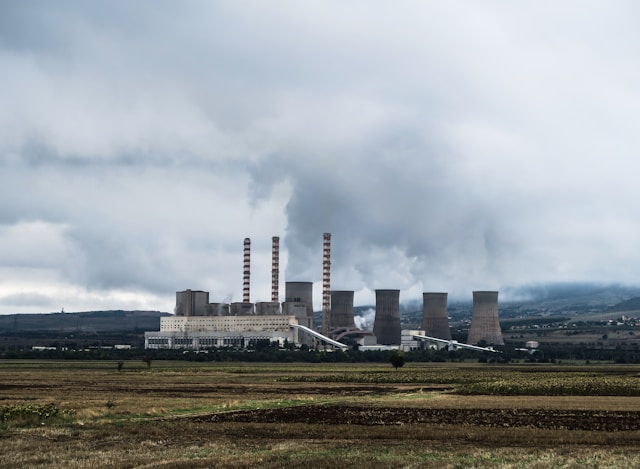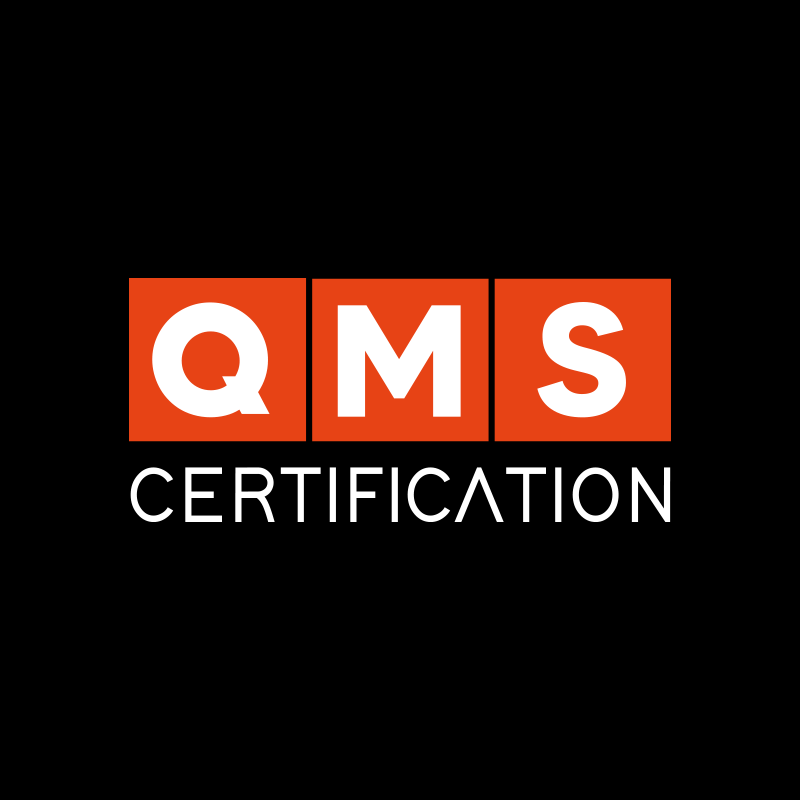It seems we are not too far from the new version of ISO 14001. The revision process is quite advanced, and the world is closely watching what may come from one of the most important ISO standards. The last version of ISO 14001 was released in 2015, and the standard underwent a systematic review in 2020, being confirmed at the time. That means it has now been 10 years since its last revision.
Updating this standard is essential to ensure more modern and effective environmental management systems. The process aims to make sure the standard keeps pace with new global environmental challenges — especially the climate crisis, pressure on natural resources, and the growing demand for sustainability throughout the value chain. Together, these factors have great potential to drive positive changes for society.
More than just technical adjustments, the revision may also strengthen the link between environmental management and organizational strategy, requiring companies to integrate environmental risks and opportunities into their long-term planning. This gives companies better chances for growth, improved processes, resource efficiency, and much more positive results.
In short, a good revision process keeps the standard alive, up to date, and aligned with the real context. It helps organizations not only comply with requirements but also take a leading role in the transition to a more sustainable economy. That’s why today, we’ll explore what we can expect from the new ISO 14001:2026!
Current Status of the ISO 14001 Revision Project
As mentioned, the revision process is already well underway. The FDIS ISO 14001 (Final Draft International Standard) is currently being developed. The project is in the consultation stage with ISO member bodies.
According to ISO/TC 207/SC 1, the committee responsible for the ISO 14000 family:
The 4th edition of ISO 14001 is expected to reach the FDIS stage by the end of 2025 and be published by the end of the first quarter of 2026.
This means we still can’t confirm exactly what will change in the new standard, since even the Draft version could be altered later. However, we can better understand the objectives of the revision project, which gives us some direction as to what might come.
What to Expect from the New Version of ISO 14001
Based on the available information, some of the likely trends and directions for the new ISO 14001 — which may shape the future of Environmental Management Systems (EMS) — include:
Greater focus on climate factors: We may see stronger emphasis on requirements for companies to consider climate-related impacts and risks. This aligns with the 2024 Amendment, which explicitly introduced two new clauses on climate change into the context and interested parties sections.
Broader environmental perspective: Beyond climate, the revision may emphasize natural resource management, biodiversity, and pollution control. Life-cycle thinking is also expected to gain more relevance.
Integration of the value chain and stakeholders: There will likely be stronger focus on supply chains, requiring organizations to consider both direct and indirect impacts from suppliers.
Clearer interpretation of requirements: One of the committee’s declared objectives is to avoid major changes and instead improve clarity of existing requirements. This would make the standard easier to understand and apply.
Clearer requirements for risk, opportunity, and performance evaluation: Adjustments are expected to make expectations around risk assessment, environmental performance indicators, and monitoring more explicit, which would help organizations measure and improve more effectively.
Initial Conclusions About the New ISO 14001
Overall, we should expect more improvements than structural changes. That doesn’t mean there won’t be new requirements, but they will likely be limited. This makes sense since ISO 14001 is already based on Annex SL (the High-Level Structure for ISO standards), which avoids the need for major adjustments.
The effort to improve interpretation will be very welcome. It helps both companies and auditors gain greater clarity, and it may also make the standard more accessible to small and medium-sized enterprises — a positive outcome both for the market and the environment.
Another advantage is that with more moderate changes, the transition process will be smoother. Major overhauls usually create more doubts, increase costs, and can even lead to rework due to misinterpretation. Focusing on clearer interpretation, therefore, makes the revision more effective and less disruptive.
Revision Timeline and Final Considerations
Soon, the Final Draft International Standard will be available, opening the commenting phase. At this stage, the draft will be reviewed by the global community and experts.
After that, if approved, the new standard will be published. In some cases — like the recent ISO 9001 revision — additional drafts may be required, but since major changes are not expected for ISO 14001, this is unlikely. We anticipate the revision to follow its normal course, with the new version published in 2026.
Based on what we know so far, the expected changes and trends appear beneficial. If confirmed, we can expect stronger, more effective EMS, and a clearer, more accessible certification process. In short, ISO 14001:2026 will likely deliver greater sustainability — both for the environment and for organizations.










